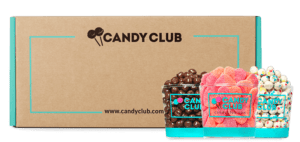Home » Corrugated Boxes in Food Packaging: A Safer Choice
Corrugated Boxes in Food Packaging: A Safer Choice
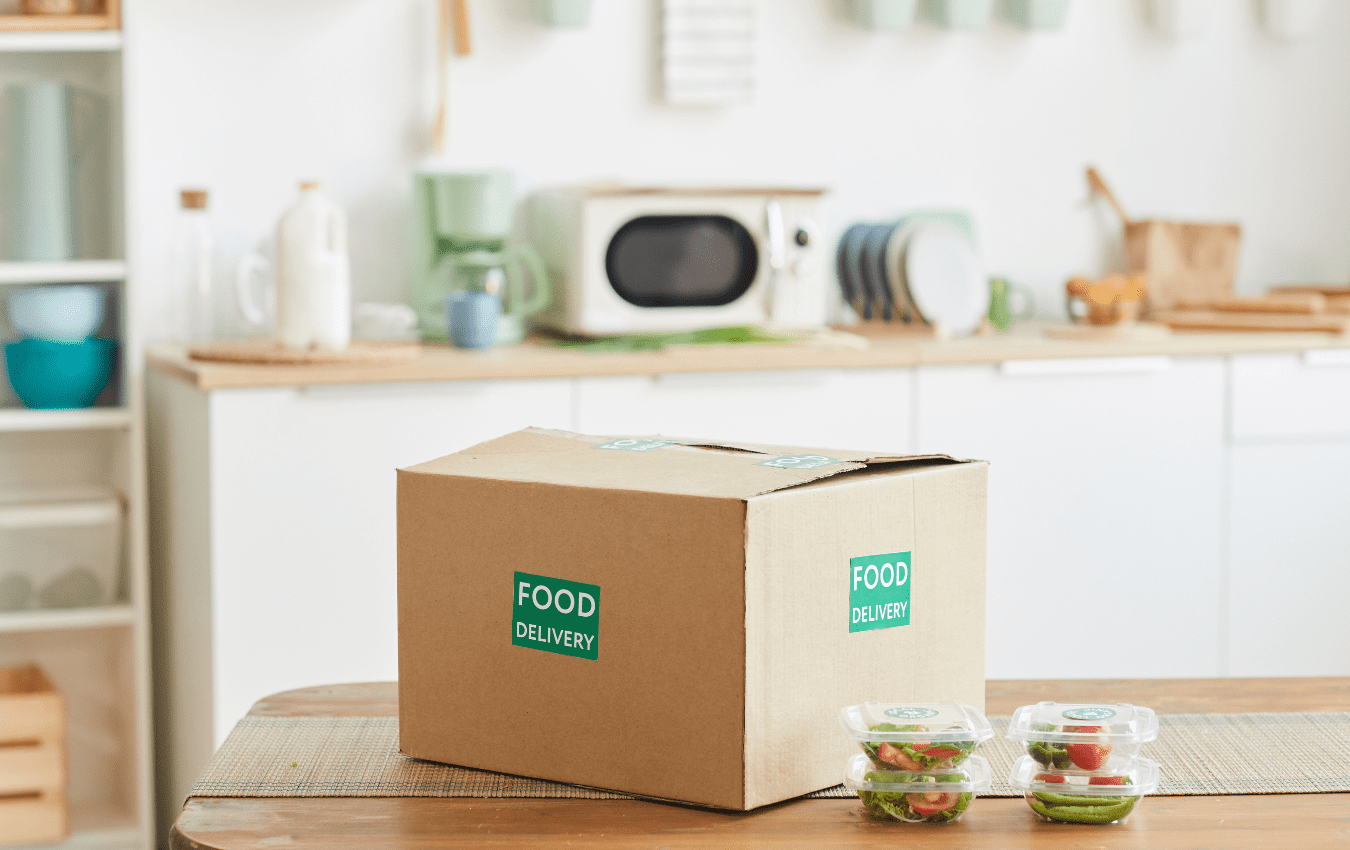
As the global food industry continues to expand and evolve, one factor remains constant: the importance of effective, efficient, and safe packaging. At the intersection of practicality and sustainability, we find an age-old player that has proven its worth over time—corrugated boxes. Today, we’ll explore why these seemingly ordinary boxes are, in fact, a safer choice for food packaging.
Understanding Corrugated Boxes
Before diving into the benefits of corrugated boxes in the food industry, let’s first define what these boxes are. Unlike traditional cardboard, corrugated boxes are made from three layers of paper: an inside liner, an outside liner, and a fluting that runs in between to provide extra strength and protection. This simple but effective design has rendered them a staple in various industries, including food packaging.
The Benefits of Corrugated Boxes in Food Packaging
Corrugated boxes bring multiple advantages to the table—literally and metaphorically—when it comes to food packaging.
High Durability and Protection
The construction of corrugated boxes lends itself to a significant degree of durability and protective capacity. The fluted middle layer acts as a cushion, guarding the food items inside from damage during transportation or storage. This feature is particularly useful for fragile food items like eggs or bakery goods.
Customizable and Versatile
Corrugated boxes offer excellent versatility. They can be custom made to any size or shape, catering to the specific needs of different food products. Moreover, they can be printed with food safety instructions, branding, or other information, which further enhances their functionality.
Temperature Control
Corrugated boxes offer the often-overlooked benefit of insulation due to their fluted design, creating air pockets that help maintain a stable temperature for the contents. To further enhance temperature control, additional insulated materials can be incorporated. One option is polystyrene foam, known as Styrofoam, which provides excellent thermal insulation and can be shaped to fit the box.
Insulating liners or inserts made of materials like reflective foil or bubble wrap can create a barrier against temperature changes. Gel packs or dry ice can also be used to keep products cool during transit. Incorporating these insulated materials ensures that temperature-sensitive items, such as dairy or meat, remain at the desired temperature throughout storage and transportation.
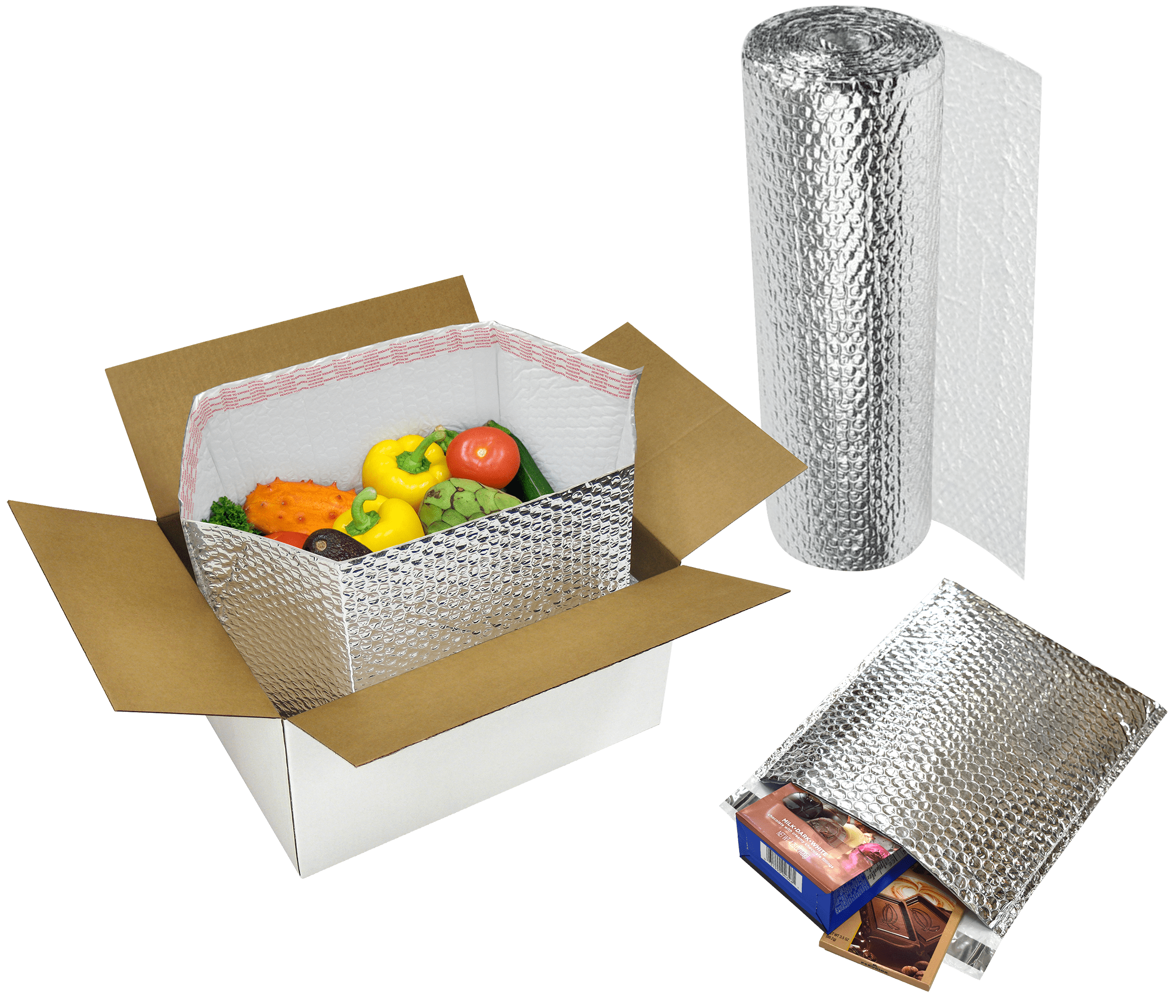
Corrugated Boxes and Food Safety
While the aforementioned features make corrugated boxes an attractive choice for food packaging, their real value comes to light when we consider their impact on food safety.
Hygienic and Contaminant-Free
Corrugated boxes are often used only once and then recycled, minimizing the risk of cross-contamination. Plus, the high heat used in the manufacturing process ensures that they are free from bacteria and other contaminants. They provide a clean, safe environment for food items during transit, storage, and delivery.
Approved for Direct Food Contact
Another point that emphasizes the safety of corrugated boxes is that they are generally approved for direct contact with food. To further enhance their suitability for food packaging, corrugated boxes can be coated with a food-safe material.
One common option for a food-safe coating is a water-based or vegetable-based coating that complies with regulatory standards for direct food contact. This coating acts as a protective layer, preventing any potential migration of substances from the box to the food. It is designed to be non-toxic and resistant to moisture, ensuring that the packaging remains intact and safe for food items.
The food-safe coating provides an additional level of assurance when using corrugated boxes for packaging perishable goods. By choosing boxes with a food-safe coating, businesses can adhere to regulatory requirements and demonstrate their commitment to food safety. This coating further ensures that the packaging material does not compromise the quality or safety of the food products being transported or stored.
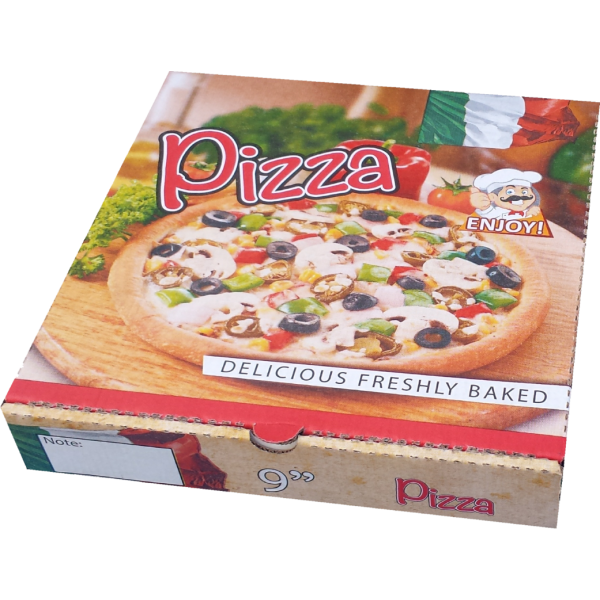
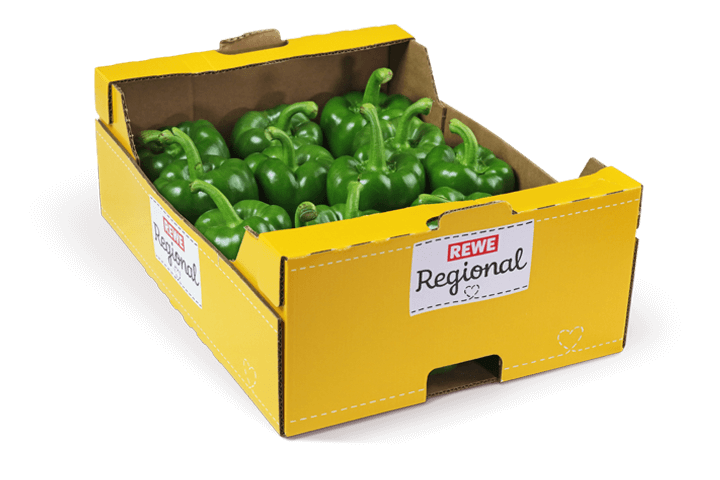
A Sustainable Choice
In today’s world, sustainability plays a crucial role in all sectors, including food packaging. Corrugated boxes score highly in this regard. They are made from renewable resources, and most of them are manufactured from recycled materials. After use, they can be easily recycled again, reducing their environmental footprint and supporting circular economies.
Conclusion: An Ideal Food Packaging Solution
Corrugated boxes, with their sturdy construction, versatility, and safe properties, have secured their place as a preferred choice in food packaging. They not only protect and preserve the food products inside but also ensure their safe transport to consumers. Coupled with their sustainable nature, corrugated boxes are a true win-win solution, benefiting the food industry, consumers, and our planet alike.
If you are interested in corrugated boxes for food packaging applications, then partner with Brown Packaging today to get started.
With new tariff proposals and continued trade uncertainty, 2026 is shaping up to be another pivotal year for packaging sourcing strategy. Many companies that shifted
Following multiple rounds of tariff changes and trade policy adjustments, 2026 marks a turning point for U.S. packaging buyers. Many who previously transitioned from China
Shifting packaging production from China to the U.S. can help stabilize costs, reduce tariff exposure, and shorten lead times. But the transition process requires careful
RSC boxes are known for their efficiency and versatility, but their performance ultimately comes down to strength. Buyers often see numbers like ECT, BCT, and
In packaging, foam isn’t just about initial protection — it’s about maintaining performance over the entire shipping or storage cycle. Compression set and recovery characteristics
Pouches are a go-to for flexibility and convenience, but they can fail in critical ways—from poor seals to punctures and delamination—that hurt performance and brand
Home » Corrugated Boxes in Food Packaging: A Safer Choice

In the realm of marketing, storytelling has evolved into a potent tool for brands to forge meaningful connections with consumers. Beyond the mere sale of

As businesses increasingly shift away from overseas suppliers, finding a reliable domestic packaging supplier in the USA has become a priority. Domestic suppliers offer shorter
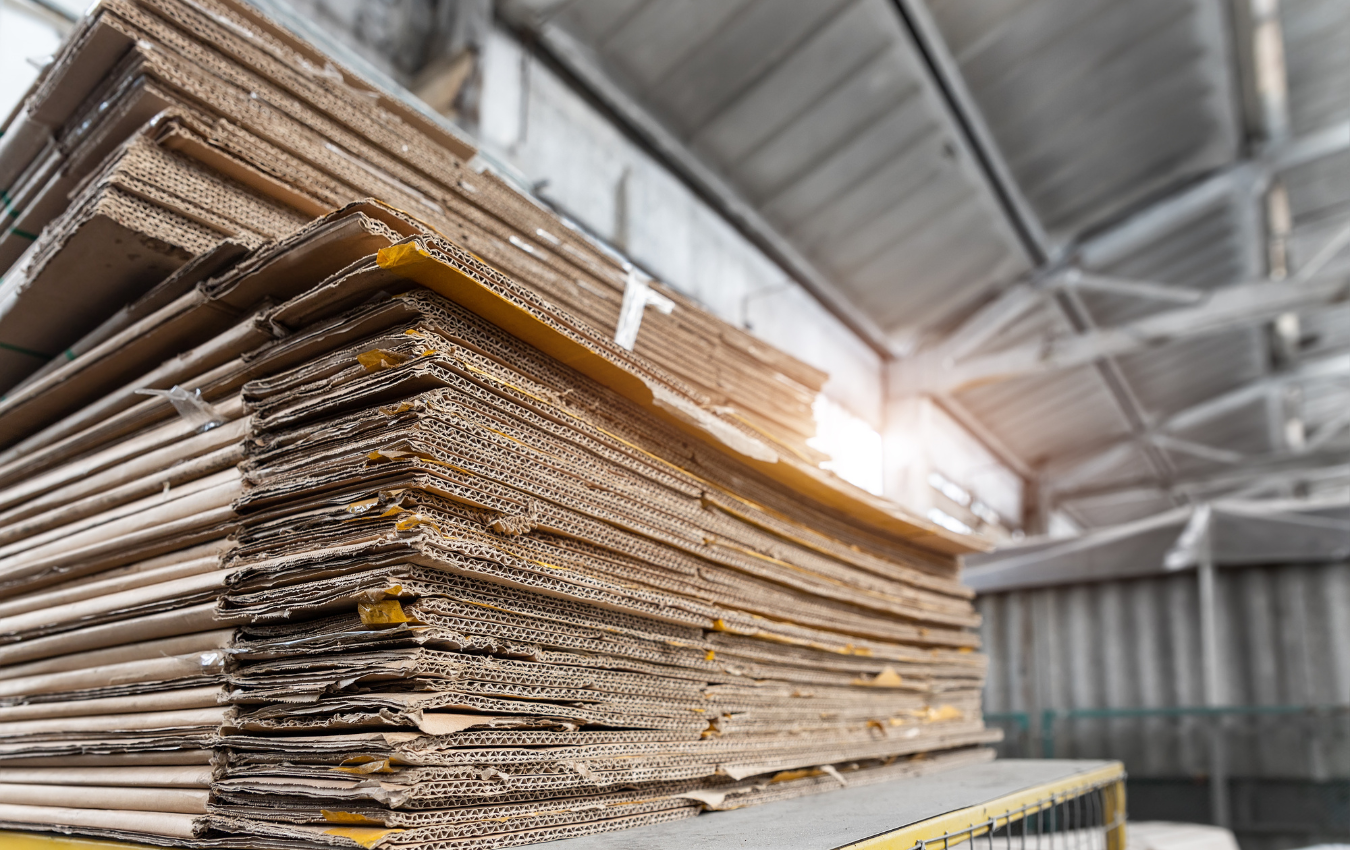
The longevity of corrugated boxes, a question frequently asked by businesses and consumers alike, hinges on several key factors, including their construction, material quality, and


